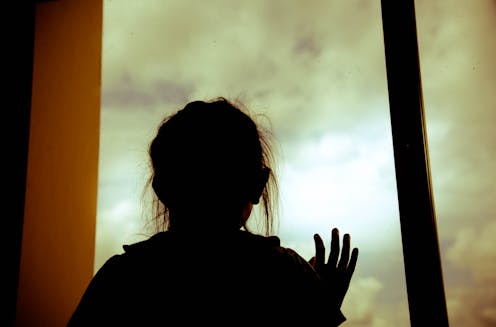How does this keep happening? After so many child protection inquiries and reform efforts, it's time for a new approach
- Written by The Conversation

An extensive ABC investigation has revealed confronting stories about children being sexually abused in state care, and other failings of Australia’s child protection systems.
This might all seem tragically familiar. We’ve seen dozens of inquiries, reports and reform efforts in child protection in Australia over the past three decades, yet terrible things still happen to children known to child protection agencies.
How does this keep happening?
I have studied systems and how they function for a long time. My focus is on how we can use “systems thinking” to understand the repeating patterns seen in our efforts to improve mental health and child protection systems – and how we can break these patterns.
So often we try to “fix” problems with a care system by targeting only one small part of it. Or we try to change many parts at once, without a coherent approach based on how systems work, how they maintain stability and how they change. A systems thinking approach looks holistically at problems to identify, in this case, how and why children end up in state care and what could have been done at much earlier stages to prevent that.
After so many inquiries and reform efforts, maybe we should start using real systems ideas to try to achieve lasting change.
Read more: The workforce in the child protection system needs urgent reform
Looking at child protection through a systems lens
If we look at child protection through a systems lens, we first see there are many layers to consider.
Harm through child abuse and neglect is often misrepresented as solely a problem of individual parents’ behaviour – but it’s much more complicated than that.
The huge overrepresentation of Indigenous children and families in our child protection systems is stark evidence of this.
If we really want to understand this area, we need to consider the disadvantage and trauma experienced by many families (often across generations). Many areas of government policy have a part to play.
For instance, we need welfare policies that support disadvantaged parents financially to reduce the risk of neglect (a common reason given for child removal). Neglect is a complex problem, often inextricably linked with poverty.
We also need education and training policies that help disadvantaged parents get and retain work. We need health policies that ensure disadvantaged parents and children can easily see doctors – including specialists – and access allied and mental health support where needed.
Shoring up the front lines
Second, we can see the front line workers of our child protection agencies are crucial. Any reform effort needs to start there.
The work child protection workers do is vastly complex, challenging and vital. It’s among society’s most important jobs; it requires expertise and sustained resources.
Yet staff turnover remains very high. Many newly graduated and inexperienced staff populate the front lines, working with high stress and limited support.
Reducing attrition rates requires workers to be well trained and well paid, operating under positive working conditions where excellence is rewarded.
The primary resource of our child protection agencies is these workers’ ability to communicate, to form good relationships, to appraise risk and to make complex decisions.
Every time we lose a good worker, we lose their experience – and what might have become their expertise if we had better supported them. Then someone new comes in, to face the same huge challenges.
We probably wouldn’t be as accepting of these human resource problems if it was our health system.
A high degree of ‘otherness’ in child protection
Many think what happens in this area is not directly relevant to their lives. It happens to other kinds of people.
But we are talking about children, and, often, struggling and unsupported parents. There’s a lot of blame in child protection, especially when it hits the news. Society blames parents, and the workers who have “failed” to prevent harm to children or to protect them.
This raises the question of whether a “protection” ethos is the right one.
Decades of evidence about what helps foster healthy development for children shows healthy attachment to adult carers – who are themselves healthy, well-resourced and socially connected – is key.
That’s why we need a front line approach that supports families (not just mothers; there is a disproportionate focus on women in child protection).
Instead, we often revert to a reactive, “child rescue” focus, when evidence suggests having the right support and care would allow many families to care safely for their children and avoid removal altogether.
A reactive ethos, enacted by overburdened workers, sees too many children removed from birth families, in some cases spending their childhood in numerous foster placements or residential care facilities.
Politics plays a role
Finally, a systems view reveals politics plays a role. A scandal is followed by promises to make things better, always within a usually unacknowledged political context.
Just a few hours after the latest ABC story broke, the federal attorney-general said he was “deeply concerned” by these horrific findings.
We shall wait and see what the latest government’s response will be.
The ABC story raises the suggestion of a royal commission. We are getting used to those in Australia. Royal commission or not, if we want to really change a “system”, we need a true systems approach.
That requires beginning with what we know about the conditions required for healthy child development, and “building” the system backwards from there.
Real change may take decades, given the generational patterns at work. And there will likely always be a need for some children to not live with their birth families.
But how much evidence do we need that our present approach isn’t working?







